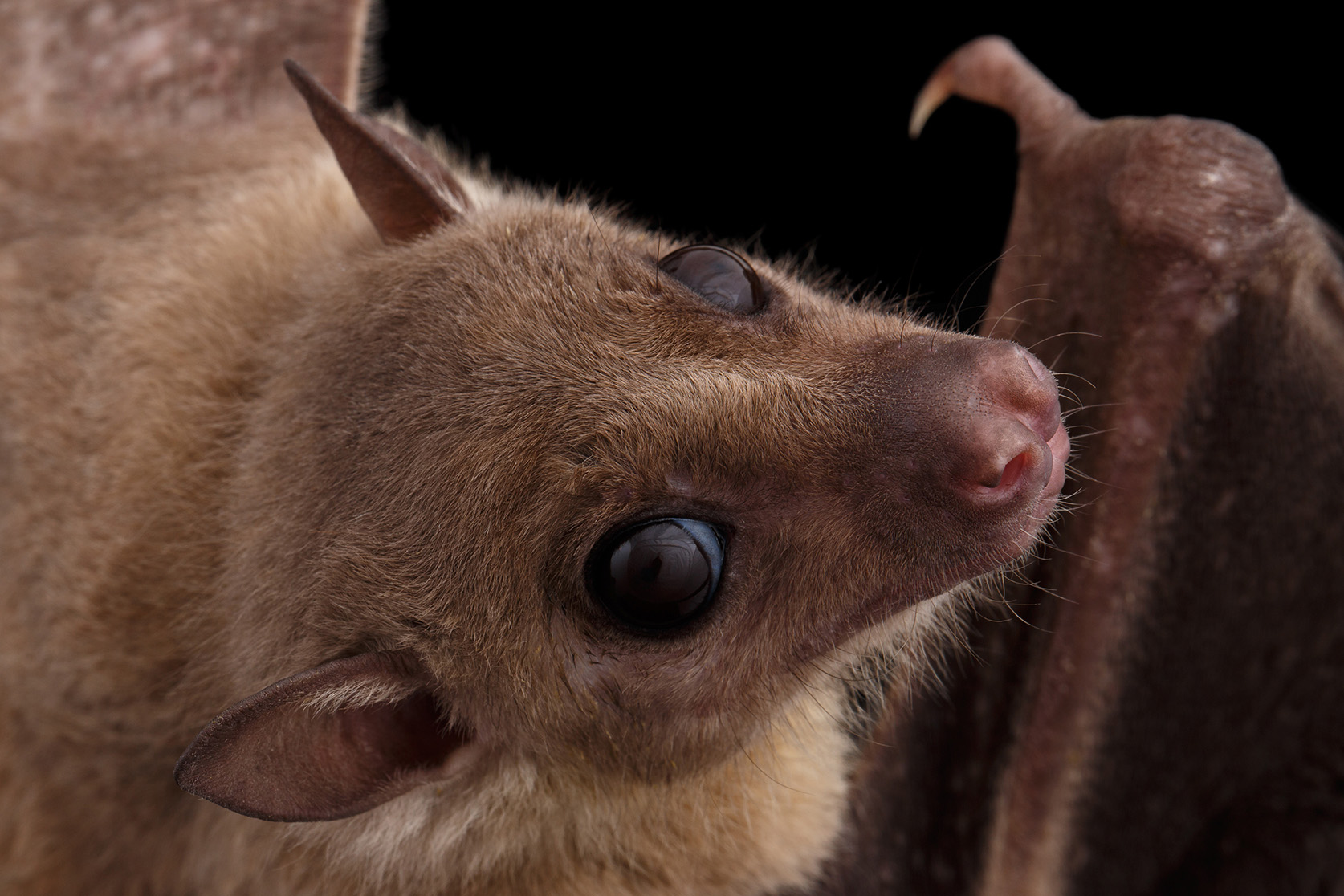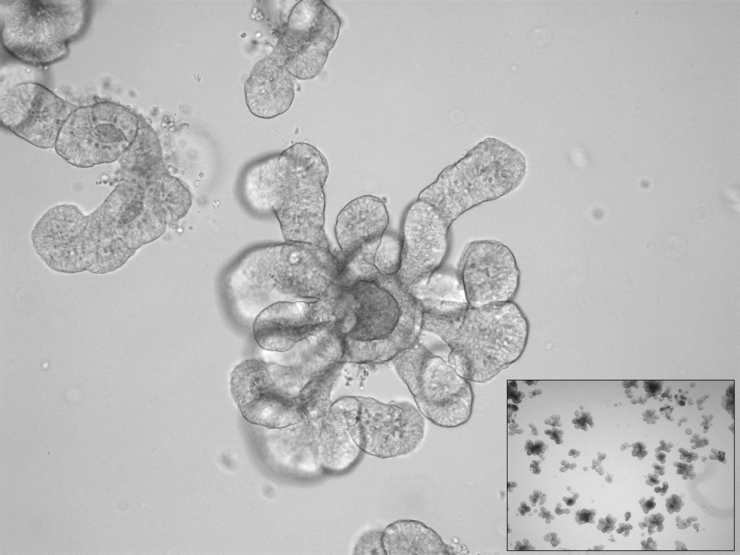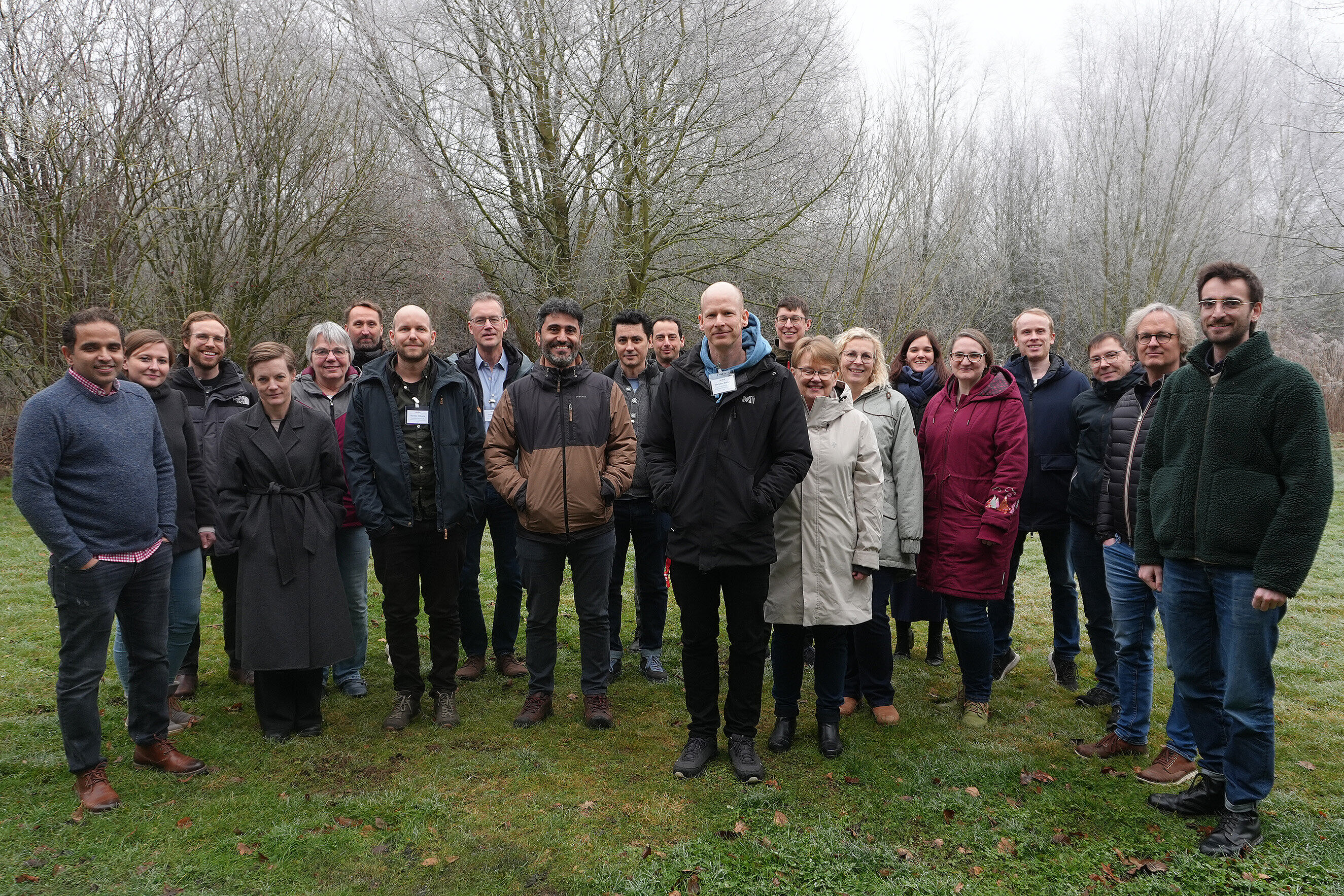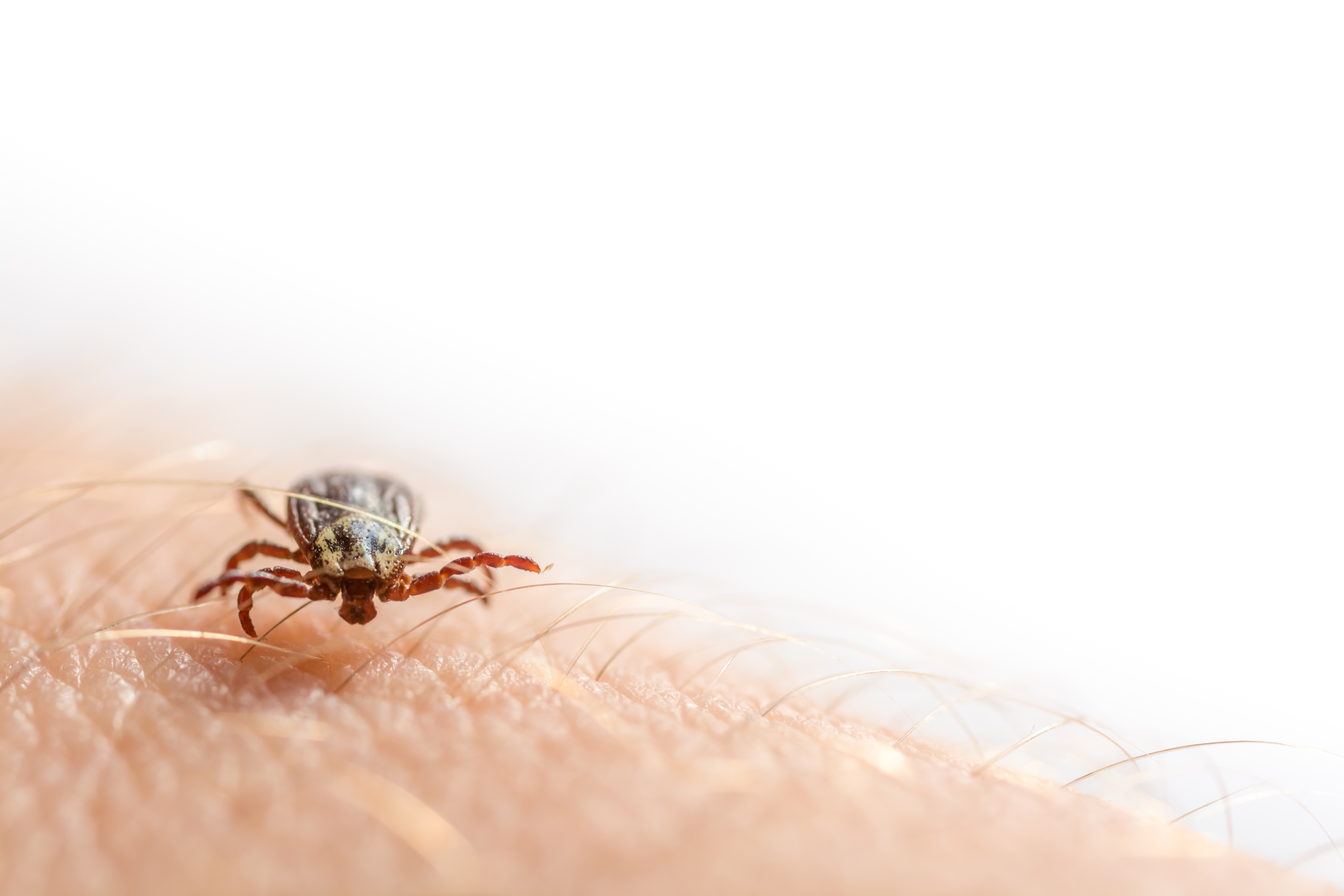To investigate the innate immune defenses against viruses at the mucosal surfaces of bats, the research team developed organoids from the respiratory and intestinal tissue of Egyptian fruit bats (Rousettus aegyptiacus), the natural host of the highly pathogenic Marburg virus and other viruses known to be threats for humans. “Due to their unique lifestyle and low reproductive rates, bats are challenging animals to study. We therefore generated organoids from mucosal bat tissue, as these epithelial cell models proliferate well in culture and mimic the initial viral exposure—mucosal surfaces serve as entry points for many viruses into the body and orchestrate antiviral responses to infections,“ explains Max Kellner, who joined HZI in April 2025 as a junior research group leader to further investigate virus-host co-evolution.
The Egyptian fruit bat is the natural host of the highly pathogenic Marburg virus, which causes severe hemorrhagic fever in humans, leading to death in 30-90 % of infected individuals. Furthermore, there are no approved antiviral therapies or vaccines for Marburg virus disease to date. In close collaboration with Prof. Ali Mirazimi's team at the Karolinska Institute in Stockholm, the researchers successfully infected both bat organoids and human airway organoids with the Marburg virus in a high-security Biosafety Level 4 (S4) laboratory. Compared to the human models, bat organoids exhibited a significantly higher baseline antiviral immune activity even before infection.
“Our experiments on organoids showed that epithelial cells from Egyptian fruit bats, compared to those from humans, exhibit a significantly stronger baseline antiviral defense and an enhanced ability to induce innate immune responses to viral infections, particularly through the interferon system,” explains Max Kellner. “Interferons are a central component of the innate immune system and combat viral infections by activating hundreds of antiviral genes in cells. This likely enables bats to control viral replication early in infected mucosal tissues, while human cells are less effective at recognizing the Marburg virus in the early stages of infection, allowing uncontrolled replication and spread throughout the body.”






